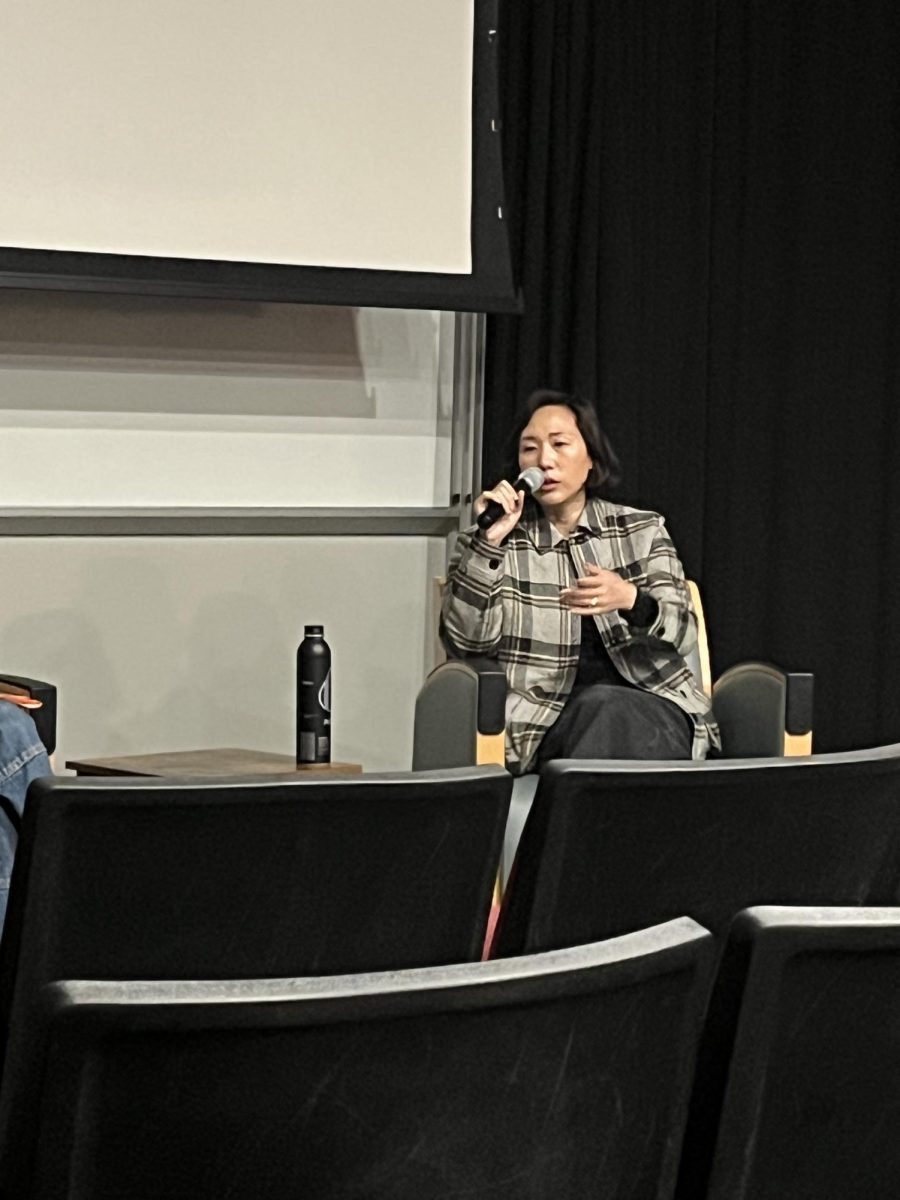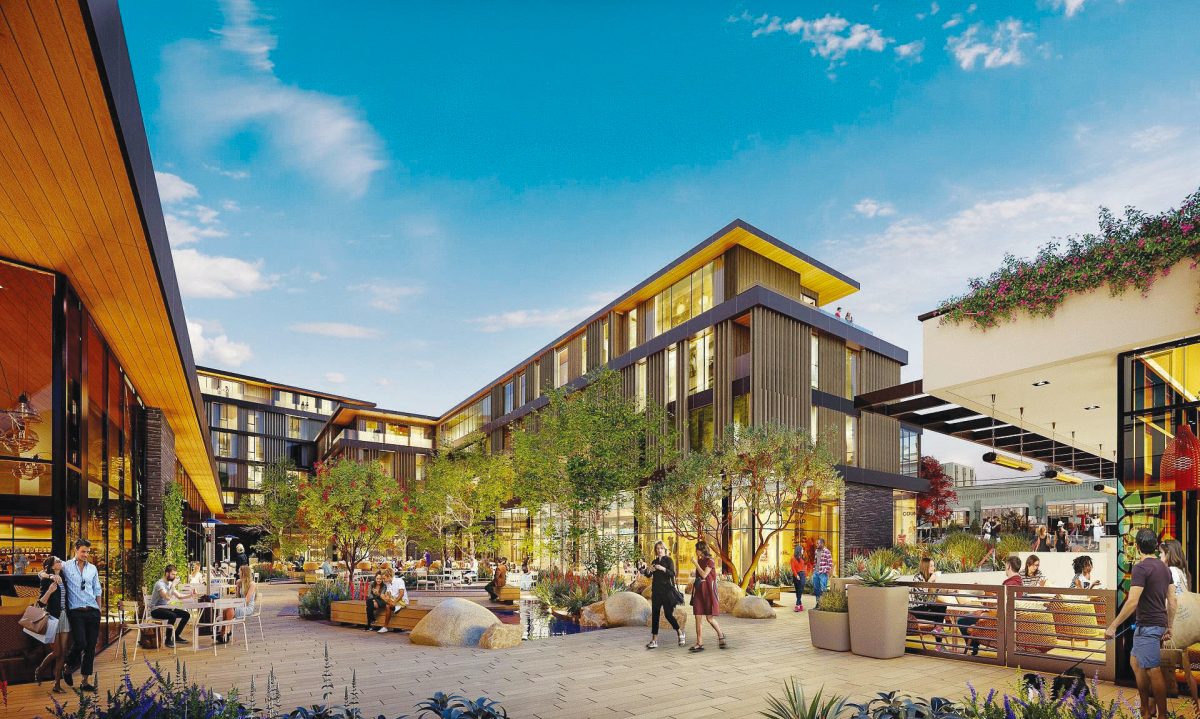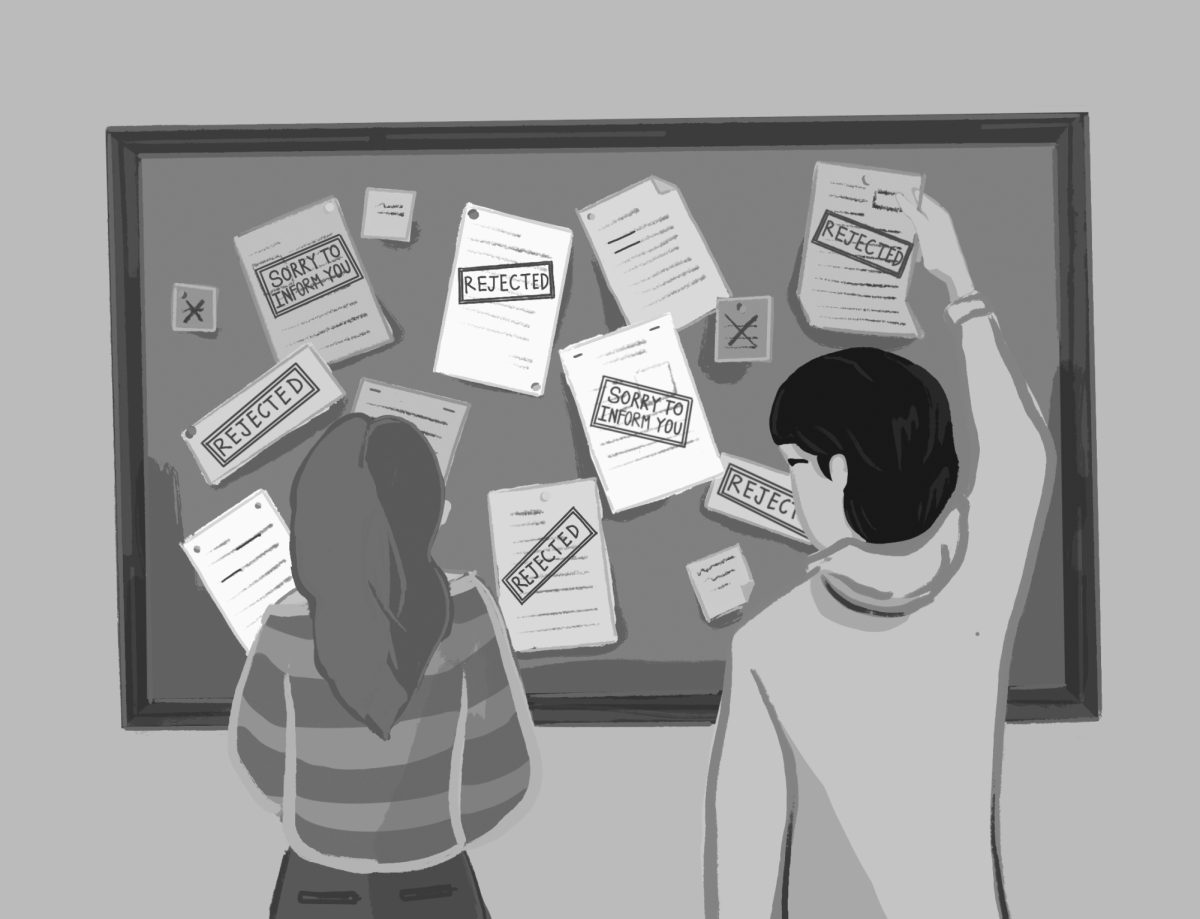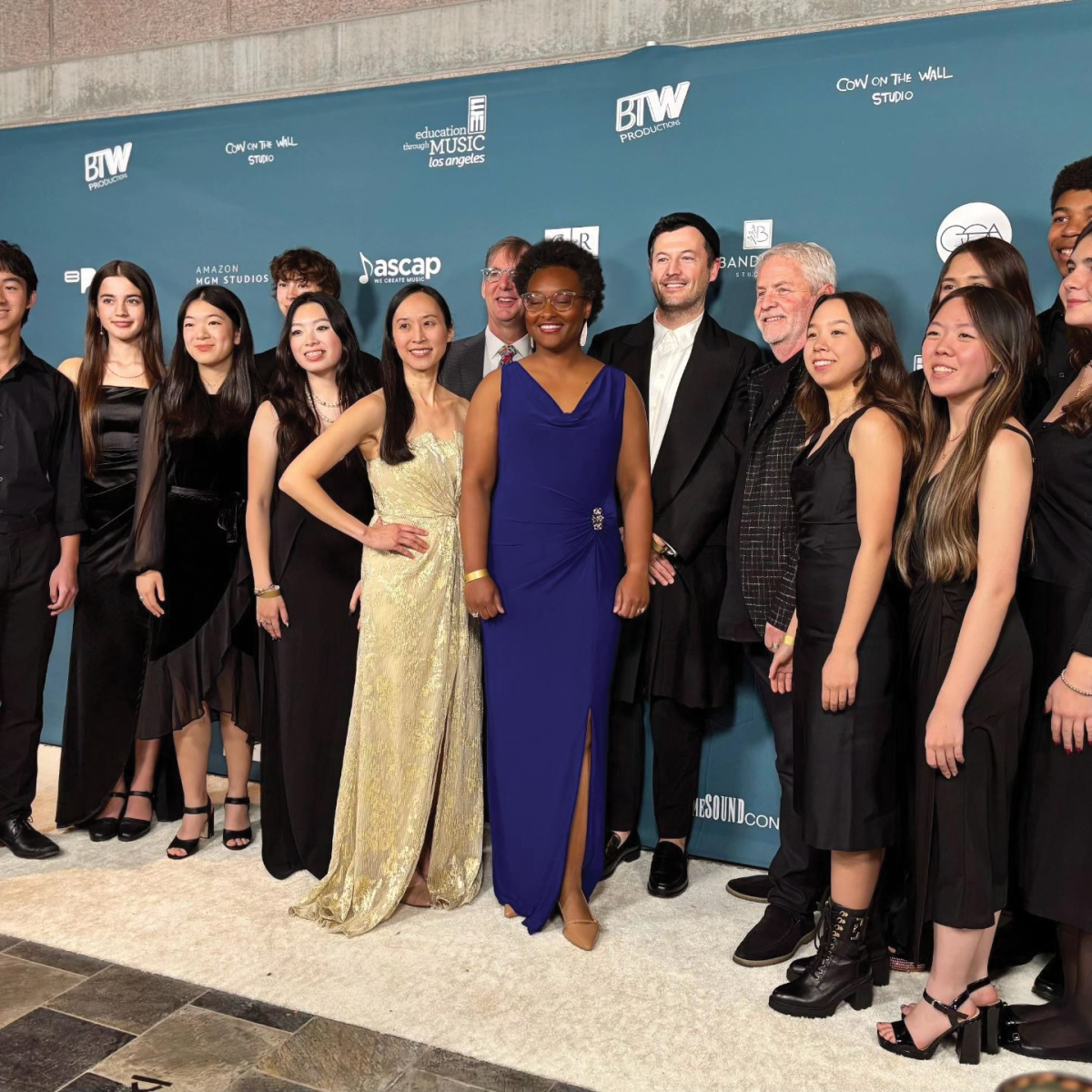Mudd Library is an essential element of many students’ time at the upper school. It’s not just an academic space, but one where students relax and talk with friends. However, this year, the school is extensively renovating the building, and it’s important to be concerned about the effects of the ongoing overhaul on the community.
Planned additions include a new classroom, expanded group study areas and a collaborative workspace near the Kutler Center. Additionally, the Learning Center will be moved into the current Tech Center and Language Lab room. This project has been in the works for several years, and with good reason. The remodel undeniably comes with immense benefits, and the library will be a better, more productive space once it’s reopened. Students will have more room to work collaboratively or alone; the Learning Center, which is important for students’ mental health and well-being, will be in a more convenient location; and another multipurpose classroom is never unhelpful. It’s a prudent update for one of the most essential spaces on campus.
Yet it’s important to consider how this construction process will negatively affect students’ well-being. Until the library’s doors open, the school plans to use a single room in Feldman-Horn Gallery as a temporary space. The school is surely working to make this substitute valuable for students, but such a small library is inherently limiting. Space for students will be limited, and only essential textbooks and research materials will be available. This arrangement misses the mark in replacing the library’s functions as a social and educational area.
With its uninviting concrete floors and sterile walls, the gallery lacks the ambience of Mudd Library. The provisional library will have only four tables, making it difficult for more than a couple dozen students to socialize at a time. This means closing the library will largely relegate students to the Quad, which is already extremely over- crowded. Whether it’s group-study, multiplayer gaming sessions or just hanging around, many avenues for interpersonal engagement will be lost for the entire first quarter.
Another impact will be the temporary elimination of silent study and other workspaces. The Feld- man-Horn mock library will have no designated silent study room and might be so crowded that only a few students will be able to study there at a time on a first-come- first-serve basis. This limited space, not to mention the lack of a silent study room, may hinder students’ ability to work on campus.
There is no easy solution, and not a whole lot the school can do to compensate for the loss of the library — there aren’t many other unused classrooms which could be used as a temporary library.
Instead, the school should allow and explicitly encourage students to study or hang out in empty classrooms during free blocks, like lunch or conference time. Many teachers lock their classrooms when they aren’t teaching to prevent students from bringing in food or otherwise causing chaos, which takes away potential common spaces for students. If students are willing to minimize disruptions, teachers should open their classrooms when they’re not being used. The librarians could designate certain classrooms for group study or silent study. This isn’t a perfect replacement for the library, but it’s a practical solution that encourages students to make the best use of their limited resources to continue their educational and social pursuits.





























